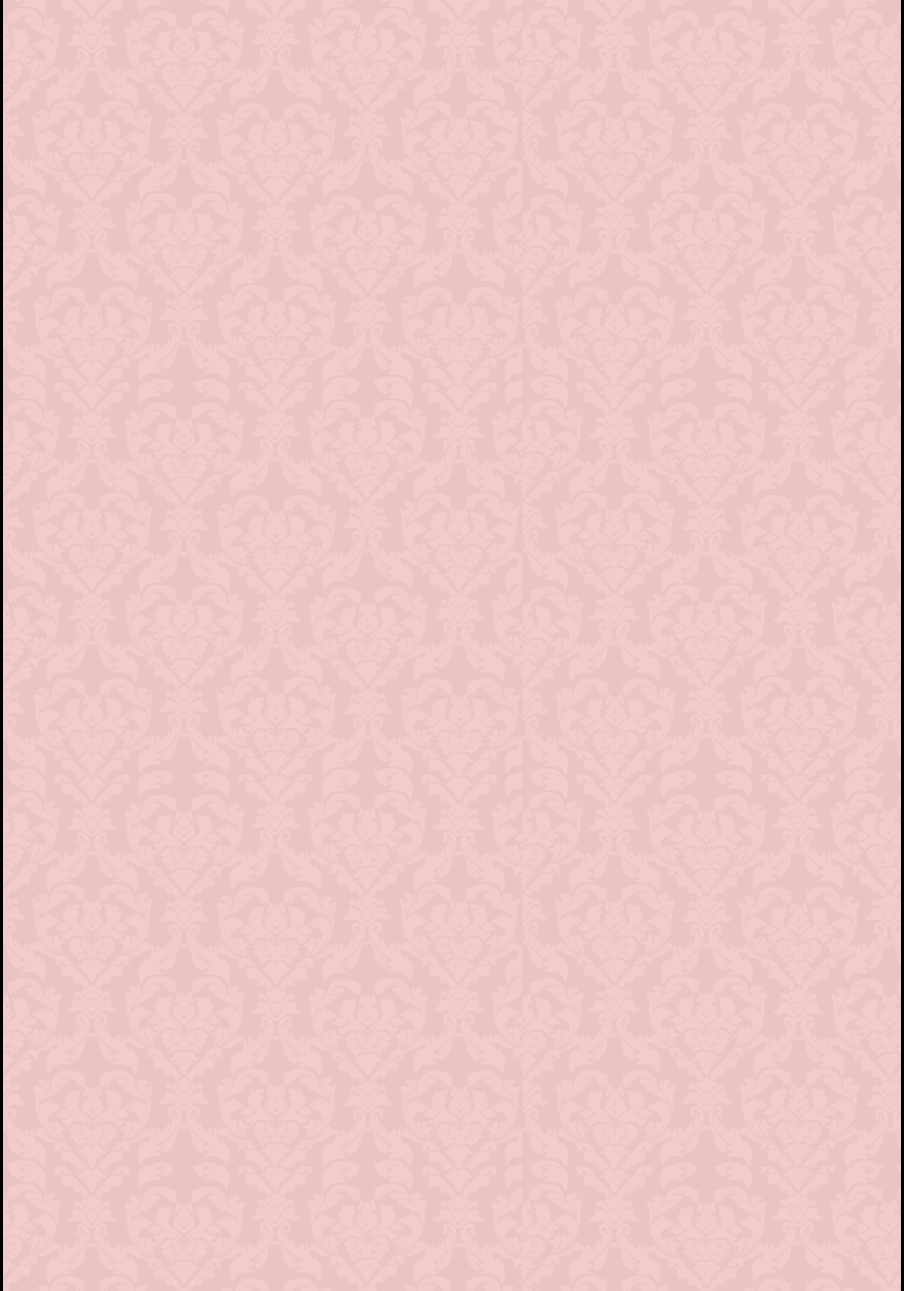
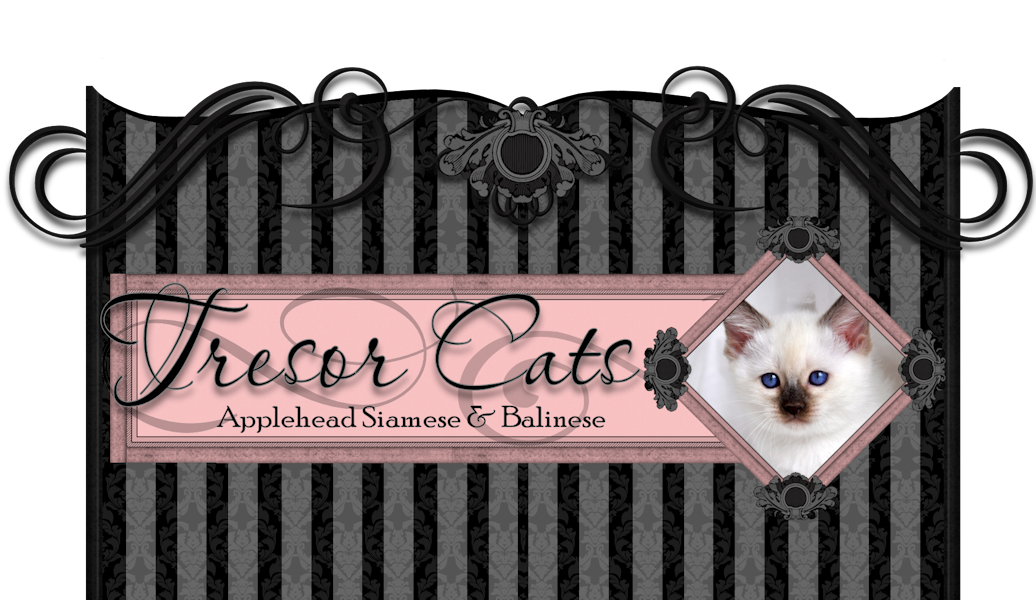

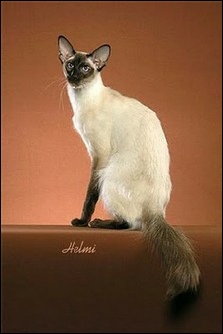
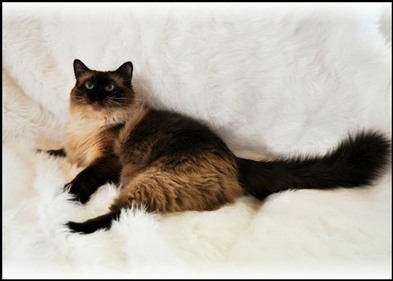
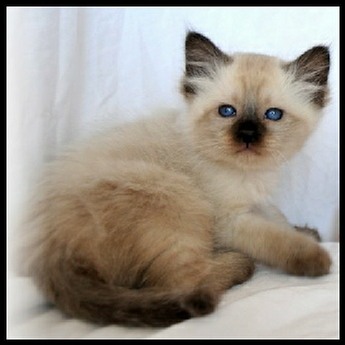
Seal Point
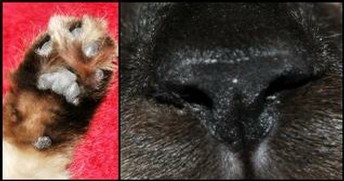
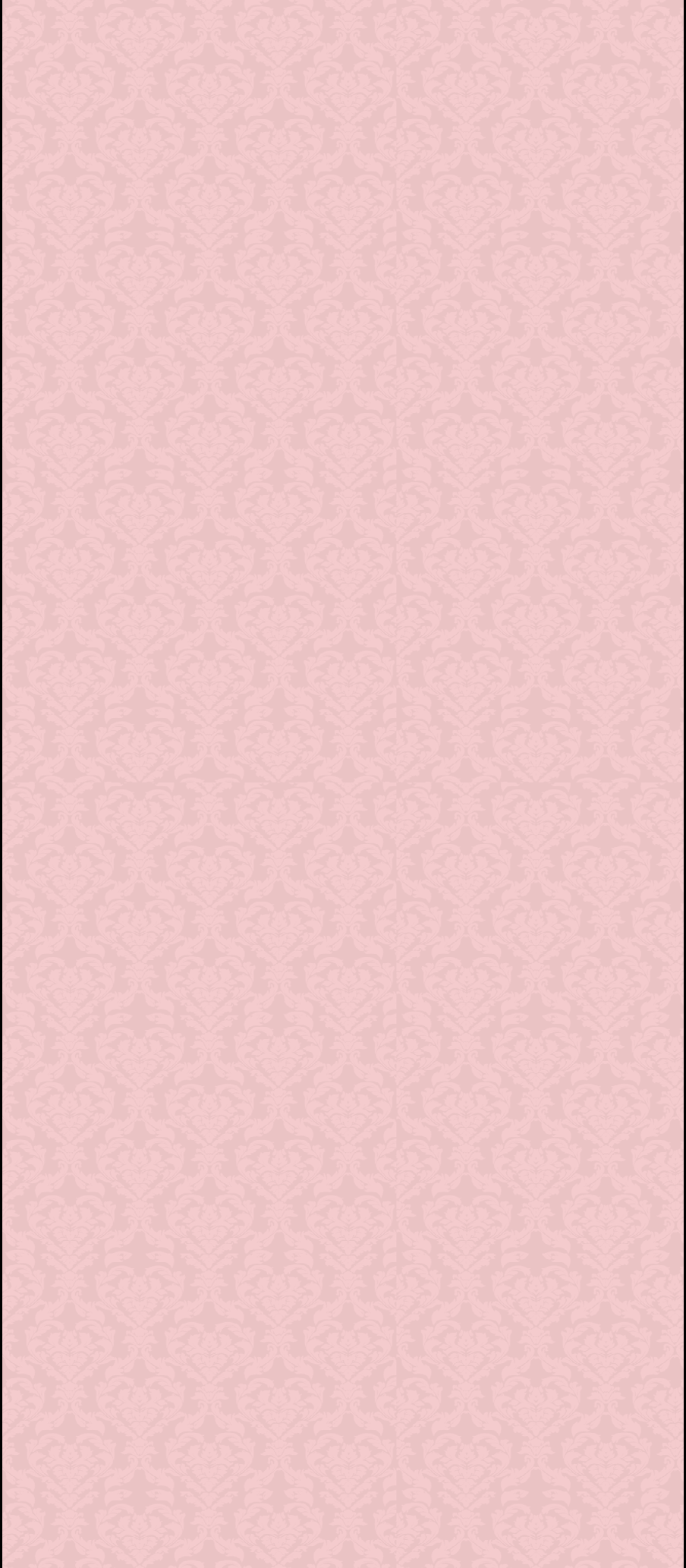
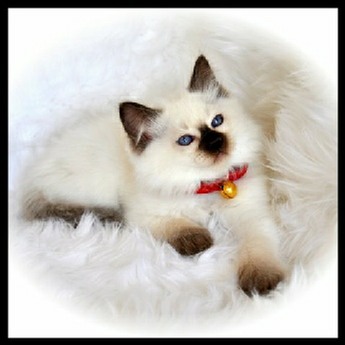
Chocolate Point
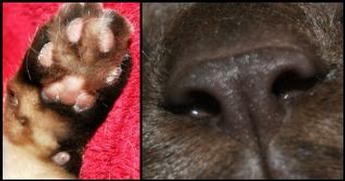
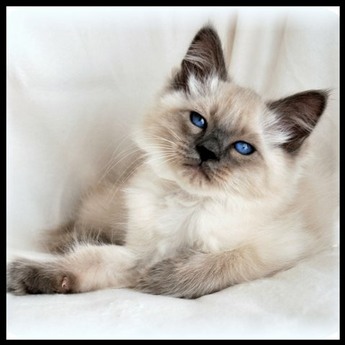
Blue Point
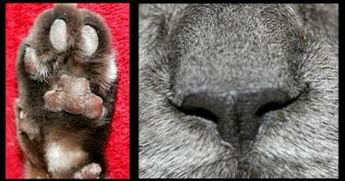
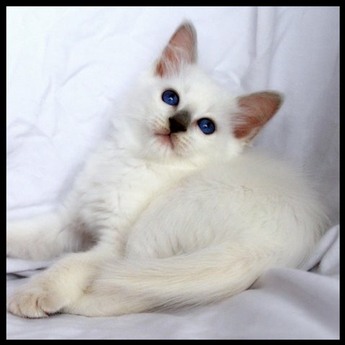
Lilac Point
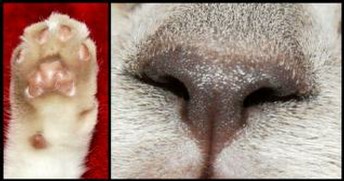
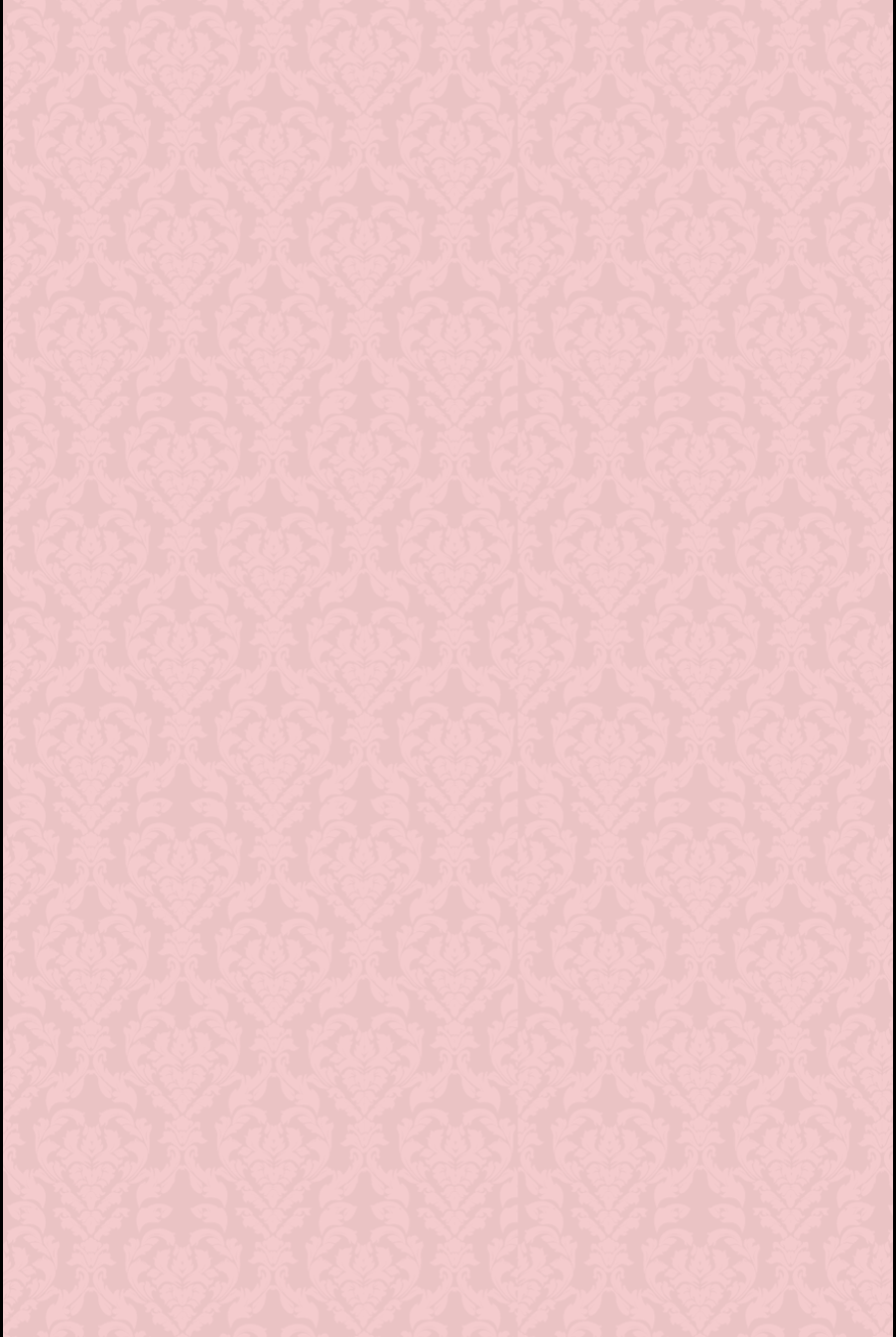

God made the cat in order that man might have the pleasure of caressing the lion.
-
© All images, content, and text are Copyright reserved @TresorSiameseCats.com 2010-




Elcy Crouch with a Seal Pointed Balinese Cat named “Surprise Girl”, circa 1960’s.
Photo above is of the late Sylvia Holland, with her Seal and Blue pointed Balinese kitty’s, circa 1968.

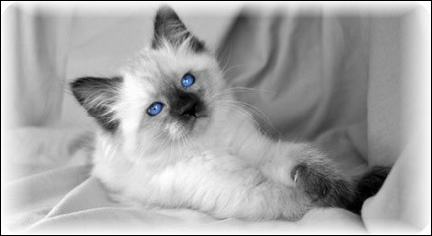

Seal Point Balinese Kitten In Black & White, Eye Color Preserved.

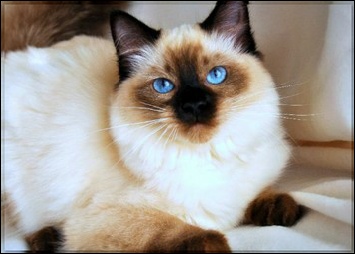
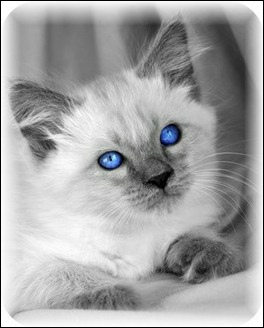
*Blue Point Balinese Kitten in Black & White, eye color preserved.

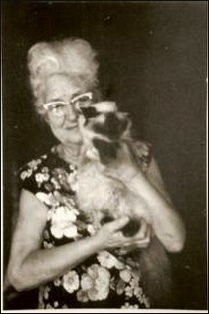
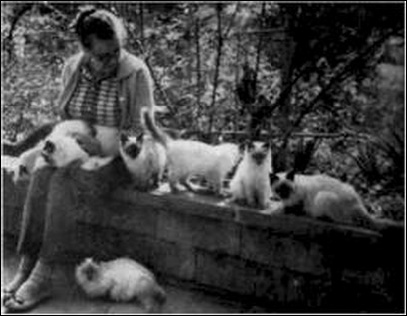

Balinese Cat Breed History
Balinese cats are regarded as the long haired version of the Siamese cat. They are considered to be a spontaneous mutation of the Siamese cat by some breed fanciers, but a stronger theory is that they are derived by past breeding's between the Siamese & Turkish Angoras. This explains why may of today's Siamese cats still produce Balinese kittens in their litters from time to time. Balinese kittens that are resultant of Siamese breeding's are explained as being the result of the 'long hair recessive gene' that is present in many of the Siamese lines today's. Further proof lies in the fact that DNA testing facilities like UC Davis (CA) can actually test a Siamese cats DNA to find out if that particular cat carries the 'long hair recessive gene'. Another strong fact that Balinese may share a common link to the Turkish Angoras is that Balinese are considered to be one of the top hypoallergenic breeds, but the Siamese cat is not. This is found in that the long hair gene is shared with the Turkish Angora, a common link.
In writing about the Balinese breeds history, I do need to mention that the breed originated and was established in America. The Cat Fanciers Federation (CFF) had a longhair Siamese (which is what Balinese actually are and they were formerly called) registered in 1928. But the breeds history skyrockets a lot later, in the 1950's, when true Balinese breeding programs were established for the Balinese breed. It is believed that 'fluffy or fuzzy' kittens were born to Siamese litters from time to time, and unfortunately these 'fluffy or fuzzy' kittens were considered undesirable to the Siamese breeders who desired only short haired Siamese cats be produced in their litters. This all changed in the 1950's when two Siamese breeders, Mrs. Marion Dorsey of Rai-
Balinese Breed Type's:
Similar to the Siamese, there are two known and accepted Balinese style type's (head/body). There is the Original Balinese (commonly referred to as the apple head, old style type, traditional), and there is the Modern Balinese (aka wedge head, and show style type).
Balinese (aka Apple head, Traditional, Original, Old Style):
The Balinese breed is a hearty, robust type. The head is large and round, with small ears and large rounded shaped eyes with a small almond shaped slant at the end of the eyes. The body hair is about 2+ inches long throughout, with a thick and fluffy plumed tail. There is also a long top-
Modern Balinese (aka wedge head, show style, classic):
Photo of modern/contemporary Balinese cat: © Helmi Flick
The ideal Modern Balinese is a medium sized, svelte, refined cat with long tapering lines, very lithe and somewhat muscular. The head is a long tapering wedge. The total wedge starts at the nose and flares out in straight lines to the tips of the ears forming a triangle, with no break at the whiskers. No less than the width of an eye between the eyes. When the whiskers are smoothed back, the underlying bone structure is apparent. The skull is flat. In profile, a long straight line is seen from the top of the head to the tip of the nose. The ears are strikingly large, pointed, wide at base; continuing the lines of the wedge. The eyes are almond shaped, medium in size, neither protruding nor recessed, slanted towards the nose in harmony with the lines of the wedge shape and ears, uncrossed. The nose is long and straight, a continuation of the forehead with no break. The tail is long, whippy, thin and plumed. More details are found of the Modern Balinese type by visiting: http://www.cfainc.org/Breeds/BreedsAB/Balinese/BalineseArticle.aspx
Balinese Breed Personality
Balinese cats are highly intelligent, affectionate, playful and very fun to be around. Just like the Siamese, they are well known for their ability to communicate vocally. The Balinese breed has a special distinct vocal range, from a sweet low chirp to loud yowls when in distress. This bred is highly social, friendly, and sensitive to your moods and feelings. This is the type of cat you want around when you are feeling down, moody, or plain old bored. They are like little children, and needs loads of attention and affection. They are the perfect companions for growing children, as they will be known to play for hours on end without being destructive. They have the most innocent little faces, that hide a sometimes mischievous personality trait. They crave attention from their human companions and are known to sometimes act out to get it.
They are agile, and can leap far distances of many feet. They can be taught to fetch, just like a dog, and learn new games very easily and quickly. They can keep you entertained with their playful antics and still maintain a loving disposition. They can be quite a bit assertive in their requests for love or attention, but will still possess a special dignity particular to the Balinese and Siamese breeds.
Color Points
There are four recognized color points in the Balinese breed. They are Seal Point, Chocolate Point, Blue Point, and Lilac Point. I will describe the color points and show pictures of them as examples. Photo’s of adult cats for color point observation viewable, click here.
Seal Point Balinese cats have very dark, almost black, seal-
There should always be a contrast between the body color, and the points. Though it is not unusual depending on the environmental climate at birth (cold climates tend to create darker pigmentation in kittens) and a combination of genetics for a Seal point to become the same color throughout. This is known as 'the ruddy' factor. Although the fur on their chest, neck and stomach may stay lighter, their backs tend to darken to a warm toned dark caramel beige, and may even turn dark brown, so that later in life there may be little difference in color between the hair on their backs and their tails.
The Chocolate Point has ivory-
The nose leather and especially the paw pads, have a pink-
Chocolate points are less common than seal points and the kittens develop their full coloration later in life than their darker seal and blue point counterparts.
The Blue Point is related genetically to the seal point, being a version of the very much darker seal point. It is believed that the Russian Blue cat was bred with the Seal Point Siamese, and the blue points were the variation in coloration from that cross mating between the two breeds. From there, the rest of the color point dilutes were created (Chocolate Point, and Lilac Point).
The blue point has cold-
All members of this color point should have cold-
Lilac Points are the palest of the pale, with pinkish toned, light frosty gray ears, tail, and paws. They are the lightest of the four major breed colors (seal, chocolate, blue, and lilac).
There are sometimes some lilac points that can be so light that they are referred to as 'frost points'. Frost point paleness is rare, and you must use certain color points to acquire this coloration in offspring.
The lilac point color pattern is actually a paler version or dilute of the blue point. They are sometimes referred to as the ‘albino’ of the breed in that they do not darken as they age, whereas the other color points do tend to darken as they age. This however does not mean that they are genetically defunct, but rather the lightest of the four respective color points.
Conclusion
The Balinese breed is a spectacular cat, with many benefits and positive breed traits. With an interesting history, breed type, personality galore and virtually no genetic health defects, they are the perfect choice for the most discerning cat fancier. This breed is highly exclusive, as only a small fraction of North American breeders specialize in Apple Head Balinese mating's.
Special Note: I had the privilege of having some of my Balinese cats and kittens filmed for the Animal Planet show, “Cat’s 101”, season 3, episode 2, original air date: 9/25/2010. Find the episode on amazon prime, or your cable lineup.
The Balinese is quickly gaining notoriety and popularity in the cat world due in part to their hypoallergenic benefits, so don’t wait any longer, be like me and snuggle up to a Balinese cat or kitten today.
Size & Longevity of the Balinese Cat Breed
The Balinese breed is of a medium build. Males tend to weigh on average anywhere from 10-
Grooming Of The Balinese Cat & Hypoallergenic Details
The traditional Balinese shed very little and their coat is usually no longer than 2 to 2.5 inches and does not mat, making grooming requirements minimal. However, there are certain hair textures that are very fine, and prone to static energy, that do require more care and brushing. According to "The Encyclopedia of Cat Breeds" By J. Anne Helgren which offers comparative evaluations of various traits of various breed, it lists Persians and Himalayans as a '10' on a scale of 1-
It will be necessary at times to trim the hairs around the back-
Brushing as often as needed with a de-
There are great news for cat allergy sufferers! As mentioned earlier, the Balinese breed is considered to be one of the top hypoallergenic cat breeds. The prefix 'hypo' in the word hypoallergenic means 'less than normal'. Therefore the word hypoallergenic does not mean non-
The Balinese is one of the few breeds that produces less of the Fel d 1 & Fel d 4 proteins than other cats, thus causing fewer allergic reactions in allergy sufferers. Cat allergies can be very serious in some people, so meeting a cat breed first before making a purchase or adoption is highly encouraged if a person suffers from cat allergies. However if this cannot be arranged, most experienced breeders offer a 'cat allergy test kit' in which they provide a sample of fur, cat saliva, and dander which exposure instructions. I offer this option, and more details about that can be found on my "Allergy Test Kits" page. "Cat Allergy" in humans is an allergic reaction to one or more of the five known allergens produced by cats. The most common of these are the glycoprotein Fel d 1, secreted by the cat's sebaceous glands and Fel d 4, which is expressed in saliva. An allergic reaction is a histamine reaction that is usually characterized by coughing, wheezing, chest tightening, itching, nasal congestion, rash, watering eyes, sneezing and similar allergy symptoms. Thankfully cat allergy sufferers now have several choices when picking a cat breed. Listed below are some of the most popular cat breeds considered to be hypoallergenic (in no particular order):
*Balinese
*Cornish Rex
*Devon Rex
*Javanese
*Oriental Short hair
*Siberians
*Sphynx



Home | Kitten Litters | Sires | Balinese Queens | Siamese Queens | Kitten Waiting List | Life’s Abundance Cat Food | NuVet Plus Vitamins | Balinese Cat History
Siamese Cat History | Snow Tiger Lynx Point History | Guest book | Sites & Links | References | Past Kittens | Celebrities & Siamese Cats | Cat Trees | FAQ | Kitten Kits
New Kitten Checklist | Feline Health Directory | Early Spaying & Neutering |Agreements | Available Adults | Site Map | Contact Us | Client Kitten Pictures

| Sires |
| Queens |
| Balinese Queens |
| Siamese Queens |
| Lifes Abundance Cat Food |
| NuVet Plus Vitamins |
| Balinese Cat History |
| Siamese Cat History |
| Snow Tiger (Lynx) History |
| Allergy Test Kits |
| doTERRA Essential Oils |
| Guestbook |
| Sites & Links |
| References |
| Past Kittens |
| Client Kitten Pictures |
| Celebrities & Siamese |
| Cat Trees |
| Retired Cats (Ancestors) |
| FAQ |
| Breed Color Points |
| Torties and Red Points |
| Kitten Kits |
| New Kitten Checklist |
| Feline Health Directory |
| Early Spaying & Neutering |
| Agreements |